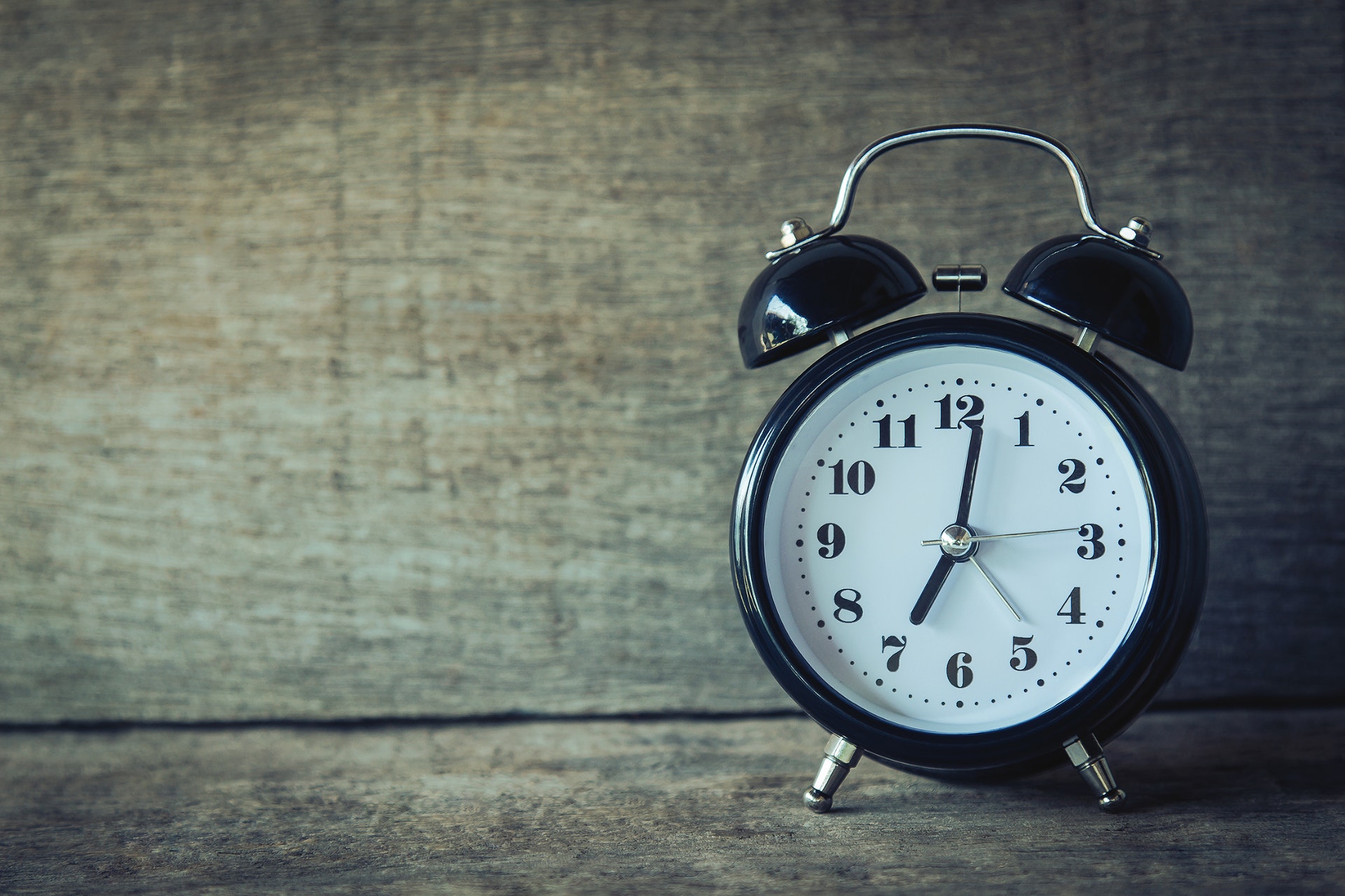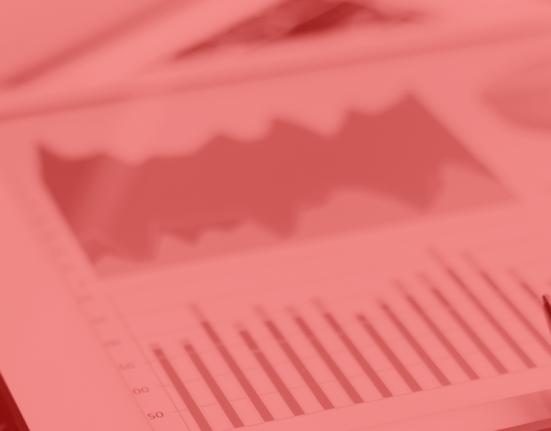Have you ever noticed the difference in retail sale signs based on the pricing tier? Value and mid-market retailers tend to have giant red signs that take over their windows, websites, and marketing emails. Yet, higher end brands tend to stick with a small white or otherwise inconspicuous sign in the corner of their window or on their site, where you have to search to find it or otherwise know what to look out for.
This stark contrast is for a reason: commodity brands get shoppers in the door with the promise of lower than low prices, while luxury brands pride themselves on elastic pricing that stays rather consistent over time. These two types of brands often choose to go about retail promotions in different ways. In this article we will break down the elements all retailers and brands need to carry promotions out as efficiently as possible.
Know Where You Fit in
Your competitive positioning is a key metric when planning retail promotions. One of the key metrics we track at Wiser is called the Market Price Index (MPI). This number is an indication of how your pricing stacks up against your top competitors. It can be narrowed down to pricing similarities and differences between brands, categories, or other custom groups for certain SKUs. MPI shows you where your pricing is in line with competitors’, where you are lower, as well as where you are higher, providing an accurate picture of your strengths, weaknesses, opportunities, and threats. These actionable insights help you keep up with your market, know where you need to be more competitive, and where you have pricing power to pick up extra margin. When it comes to retail promotions, this information is golden in order to determine the optimal depth of discounts.
Align Retail Promotions with Company Goals
Effective retail promotions vary in depth, timing, and channel, but what all retailers must keep in mind is that they need to always work with, instead of against, company-wide goals. If a new line didn’t sell particularly well, then the goal might be to clear that inventory as quickly as possible to make way for consistent bestsellers. If lowering the price an additional five percent would finally clear your warehouse, put a price testing framework into place to find the optimal price that speeds up the liquidation process at the highest price possible to maximize margins, even when discounting.
On the other hand, if your goal is to jumpstart demand on a brand new product, you’ll still want to keep a close watch on how your promotions are impacting your goal (in this case, getting your new items into shoppers’ hands). However, the price reductions will need to be much more cautious in order to keep the brand value of those products high from the start. Introducing a new product or category at bargain basement prices will condition shoppers to only buy at that price. In this case, being very mindful of the language you use for this retail promotion will make or break its success.
Keep Timing in Mind with Retail Promotions
If shoppers thought that your markdowns were just a gimmick, they wouldn’t pay them any attention. To avoid this, the best retail promotions strategies include time constraints to get shoppers to check out. FOMO, or “fear of missing out,” applies here. Shoppers don’t want to see the blender they’ve had their eye on at 20 percent off one day, put it in their shopping cart, then get distracted by something else, and never buy it. When they see it back at full price, they won’t be happy that you didn’t warn them.
This could be avoided in two different ways. First, whenever possible, tell shoppers when the promotion will be over. Sure, there are certain times when vague sales are better (“ending soon!” instead of giving a specific date, especially if you will keep the sale going until inventory for that category is cleared), but if you have a clock counting down to when the sale will be over, this will ignite a fire under shoppers and give them a clear timeline for deciding to buy.
Even if a shopper leaves with an abandoned cart, there’s still hope to get them back. Abandoned cart emails are becoming a staple in retail, as over 40 percent of them are opened. The shopper has already expressed enough interest to make a selection, so getting them back to enter their credit card information is an easier task than getting a brand new customer to convert. In this email, and especially in the subject line, make it clear when the retail promotion will be over to increase the likelihood of them coming back to complete the purchase.

Whether it’s telling shoppers there are limited quantities available or having a timer counting down on your site, the important thing is to add constraints into the process to get them further on the path to purchase. When retail promotions go unchecked, they become the norm and lose appeal in the eyes of shoppers. That’s why retailers must be cautious to not dip prices too low or offer sales too often.
Make up Margins with Add-on Items
Retail promotions are an exercise in psychological pricing, to say the least. Black Friday and Cyber Monday deals get shoppers up early. After all, who wouldn’t want a laptop or TV for half the usual price? But the key during retail promotions year round is to make up the lost margin with add-on products. If a shopper just pulled the trigger on a new laptop at an unbelievable price, make sure that headphones, connecting cables, cases, and cordless mice are all full price. They will be focused on the big ticket item and not mind the comparatively small cost of the accessories they need to bring that new laptop to life.
This speaks to the broader need for insight on discounting behavior and a flexible pricing strategy. After all, pricing has the most meaning when it is in relation to competitors. Whether you are comparing prices on those big-ticket items or making sure your prices are within reason for the add-ons, being able to reprice those items in real-time based on marketplace changes will determine whether your retail promotions are a hit or miss.

Optimize Your Promotional Calendar
For retailers and brands that want to optimize their retail promotions to improve margins and sales simultaneously, historical internal and competitive data are the treasure troves you should be looking for. Promotional calendars are only complete when they take into account all of the insights available from years past and use that data to make predictions that can improve your marketing strategy going forward. Having access to this competitive data leads to a much lower margin of error when it comes to prediction accuracy.
There is a wide array of promotional data that retailers need in order to produce an effective promotional calendar. It includes promotional frequency over time, promotional mix, cadence, and patterns. Gaining access to this data makes it possible to boost ROI on retail promotions if it is acted on early and often.
The main goals retailers should set out to accomplish with this promotional data are: accurately predicting customer behavior and delivering spot-on promotions that boost sales, profits, and customer satisfaction. Over time, consistently pulling and utilizing this data can help retailers notice trends, as well as competitive threats. There is no such thing as a perfect promotional calendar, but operating with full knowledge and making tweaks based on real-time data is how the world’s leading retailers stay ahead.
Optimize Promotions
The truth about retail promotions today is that they are in flux. Many retailers are starting their promotions for holiday sales (back to school, Halloween, winter holidays) earlier than ever. We have all been in a CVS before and been taken aback by Valentine’s Day candy when we’ve barely settled into the new year. This is especially true online because the metaphorical aisles are endless. It doesn’t take much time or effort to start promotions early for the eager beavers who want to get a jumpstart on the next holiday.
Competitive data should drive your retail promotions, both in terms of understanding when competitors are clearing old inventory and when you can command a premium on certain categories. These insights will illuminate the best way forward.
Optimizing promotions is an ongoing process, so take the first step by adding the knowledge and speed of a marketing intelligence and analytics partner.














